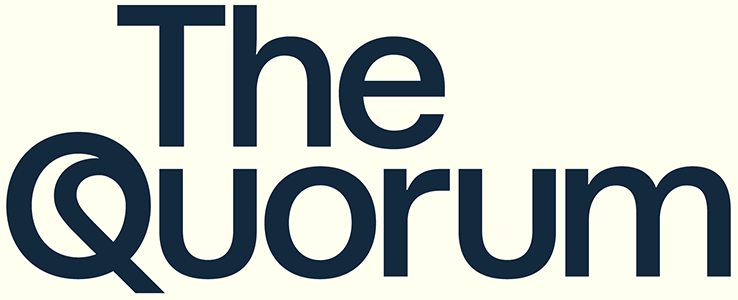We went to see it. Maybe you did too. It seems we can’t stop talking about BARBIE.
That’s what happens when a movie grosses $1B. On the domestic side, it’s about to reach $500M, and it looks poised to top THE SUPER MARIO BROS. MOVIE ($574M) as the highest-grossing film of the year. When a film makes that kind of money, there’s clearly a sizable and varied audience.
At the Quorum, we wanted to take a closer look at who bought a ticket for BARBIE. Specifically, we wanted to know if the film was successful in bringing reluctant filmgoers back to the theater.
Over the past three weeks, we surveyed 1,800 people who went to the theater to see BARBIE. First, we asked how they would describe their theater-going habits. As you can see below, 46% self-identified as someone who goes to the theater “all the time.” Another 32% said they go “every now and again.”

It’s especially exciting to see that 22% of people who bought a ticket for BARBIE said they couldn’t recall the last film they saw in a theater, or it was the first film they’ve seen in a theater since the pandemic.
That is a very compelling statistic. Especially when we grab the back of a napkin and do some math. BARBIE is up to $450M at the box office. If the average ticket price is $11, then roughly 41 million tickets were sold. If we take 22% of that, then about 9 million people returned to the theater to see BARBIE.
But there’s more. We wanted to know how these people felt about their return to theaters. Among this subset of ticket buyers, 40% said the experience reminded them how much they love going to the movies, and that they would go more often. Another 45% said they would go more often, but that cost is an issue. Only 15% said this was a one-off experience. It would take another BARBIE-like film to get them to go back. The question also featured an open-ended “other” option, which few people used.

As we discuss the legacy of BARBIE, part of that conversation has to be its ability to bring people back into the fold. We know that a sizable group of people went to the movies before the pandemic and have not returned since. Without them, it will be tough for theatrical to reach the box office heights of pre-Covid.
Not only was BARBIE successful in bringing these people off the sidelines, but we can also see in the data that it may have changed some behaviors. Many of the respondents are ready to resume going to the theater. It’s now up to us to ensure that there are movies for them to see and that these audiences are embraced in the marketing campaigns.
But here’s the rub. At this exact moment – when people feel good about going to the theater – there’s little product in the market. And if the two Hollywood labor strikes linger on, it will only get worse.
Consider this. There is only one wide release from a major studio, THE EXORCIST: BELIEVER, scheduled for the entire month of October. KILLERS OF THE FLOWER MOON arrives on October 6th, but it opens in limited release and then expands two weeks later. And there’s FIVE NIGHTS AT FREDDY’s, but that film is getting a day-and-date release on Peacock. Smaller distributors are filling the gaps, but that’s it among the majors.
Things are so bad that no wide releases are scheduled for October 6th, one of the most coveted weekends of the year.
There are much larger forces at play in determining when these strikes will end, but for the sake of theatrical, we hope it’s soon. It would be a shame to ruin this moment when there is so much goodwill toward going to the theater.


 © 2024 The Quorum, LLC, All Rights Reserved.
© 2024 The Quorum, LLC, All Rights Reserved.